Trees Birds Mammals Fish Amphibians Reptiles
Wild Algarve
Bookshop
Lepiota cristata (Bolton) P. Kumm. - Stinking Dapperling
Phylum: Basidiomycota - Class: Agaricomycetes - Order: Agaricales - Family: Agaricaceae
Distribution - Taxonomic History - Etymology - Toxicity - Identification - Reference Sources
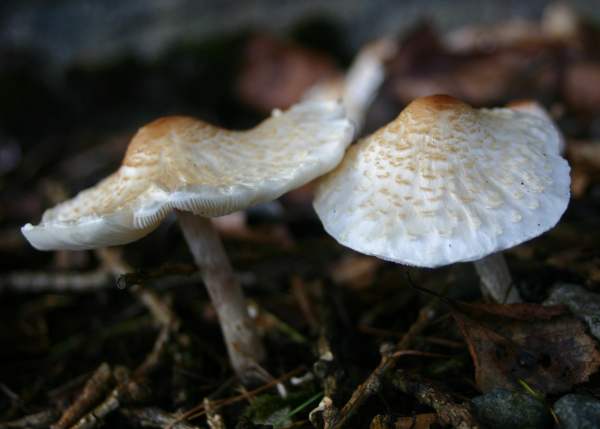
Lepiota cristata, the Stinking Dapperling, is one
of several small dapperlings many of which are poisonous. A
transient ring and a smell of coal gasor rubber are characteristics of this
toxic toadstool of mixed woodlands and garden shrubberies.
Distribution
Fairly common and widespread in Britain and Ireland, this poisonous mushroom occurs also throughout mainland Europe. Lepiota cristata is also recorded from many parts of North America.
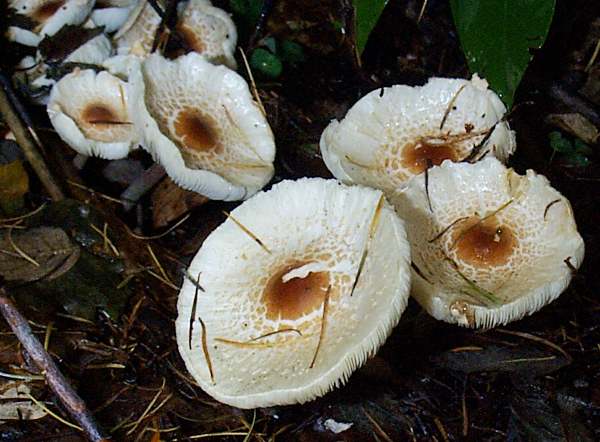
Taxonomic history
The basionym of this species dates from 1871, when British mycologist James Bolton described it and gave it the binomial name Agaricus cristatus. It was German mycologist Paul Kummer who, in 1871, transferrd this species to the genus Lepiota, at which point it acquired its currently-accepted name Lepiota cristata.
Synonyms of Lepiota cristata include Agaricus granulatus Schaeff., Agaricus cristatus Bolton, Lepiota cristata var. felinoides Bon, Lepiota felinoides (Bon) P.D. Orton, and Lepiota subfelinoides Bon & P. D. Orton.
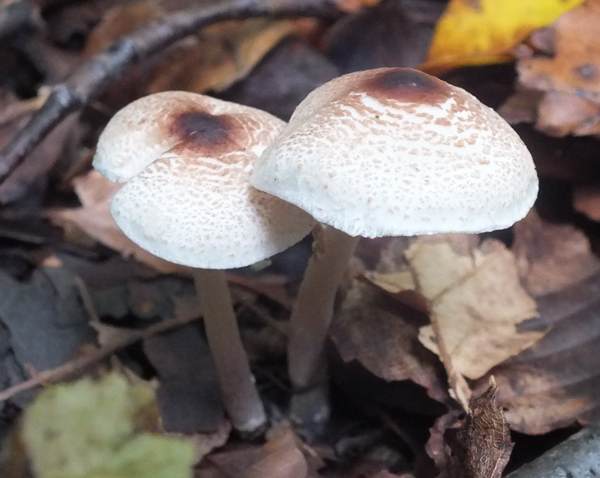
Etymology
Lepiota, the genus name, comes from the Latin word lepis, meaning scale - a reference to the scaly caps of this group of agarics. The specific epithet cristata means crested.
Toxicity
Until recently, dapperlings were more commonly referred to in Britain as parasols - a potential source of confusion that may have added to the incidence of poisoning, as the large Macrolepiota species (commonly known as parasols) are good edible mushrooms. The Stinking Dapperling, like most if not all small woodland dapperlings, is regarded by many authorities as at least suspect and possibly a seriously poisonous mushroom, and so great care is essential to avoid accidentally including it when gathering mushrooms to eat.
Identification guide
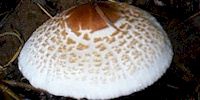 |
Cap
With red-brown scales upon a white
background, this attractive dapperling expands from ovoid through convex to
flat and eventually concave.
Cap diameter at maturity ranges from 2 to 6cm. |
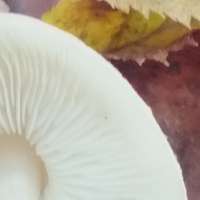 |
Gills
The free, crowded gills are white or cream,
darkening with age. |
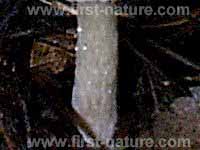 |
Stem
The stem is almost smooth, pale and with a
transient ring. In this picture of the stem of a mature cap, the
ephemeral ring is no longer in evidence.
Typically 3 to 4mm in diameter, the stem can be up to 4cm tall. |
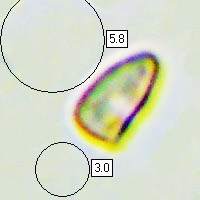 |
Spores
Very distinctively shaped like a rowing boat as seen from above, or like a bullet, smooth, 5-8 x 3-5µm; dextrinoid.
Spore print
White. |
Odour/taste |
Unpleasant rubbery odour; mild taste. |
Habitat & Ecological role |
Saprobic; in groups and occasionally solitary in mixed
woodland and sometimes in damp, shady gardens. |
Season |
July to October in Britain and Ireland. |
Similar species |
Lepiota ignivolvata is very similar in appearance except
that it has a bright orange or red-brown ring low down on the stem. |
Reference Sources
Fascinated by Fungi, 2nd Edition, Pat O'Reilly 2016, reprinted by Coch-y-bonddu Books in 2022.
Funga Nordica: 2nd edition 2012. Edited by Knudsen, H. & Vesterholt, J. ISBN 9788798396130
British Mycological Society. English Names for Fungi
Dictionary of the Fungi; Paul M. Kirk, Paul F. Cannon, David W. Minter and J. A. Stalpers; CABI, 2008
Taxonomic history and synonym information on these pages is drawn from many sources but in particular from the British Mycological Society's GB Checklist of Fungi.
Top of page...
Fascinated by Fungi. Back by popular demand, Pat O'Reilly's best-selling 450-page hardback book is available now. The latest second edition was republished with a sparkling new cover design in September 2022 by Coch-y-Bonddu Books. Full details and copies are available from the publisher's online bookshop...